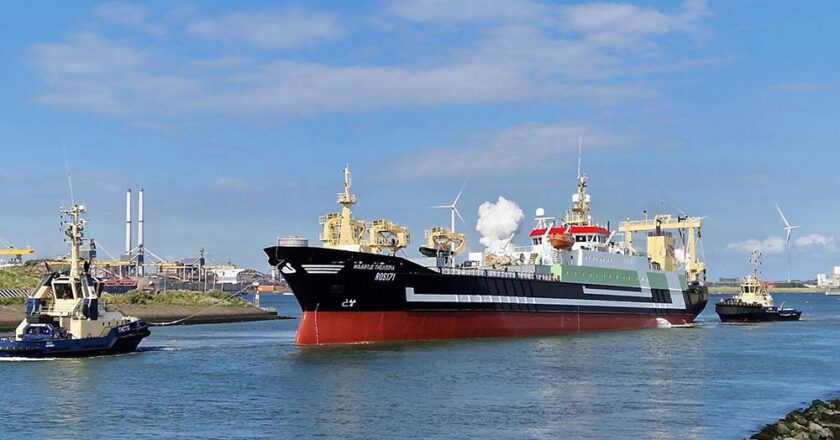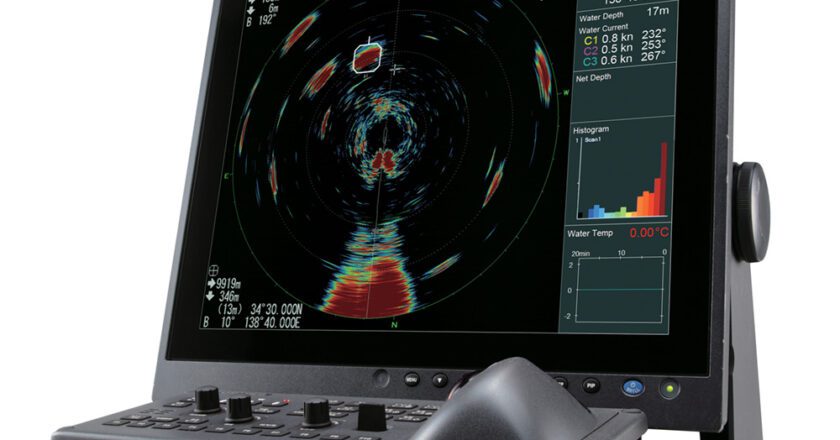Trawl Technology 2023
An exploration of what’s new in electronics for fishing trawler boats.
Over the past year or so, companies that sell and/or manufacture technology for fishing trawlers have been actively crafting, marketing and selling goods for commercial fishing vessels.
Fishermen’s News reached out to various companies to gather information about what new products have entered the market over the past 12-plus months, as well as other notable developments within businesses in the industry.
Naust Marine
In late July, Naust Marine—which is based in Iceland, but has a U.S. location in Poulsbo, Wash.—announced production of its new umbilical winch for marine electrical engineering and installation services company MJR Power and Automation.
The winch is to be used on the deck of a supply vessel owned b...



